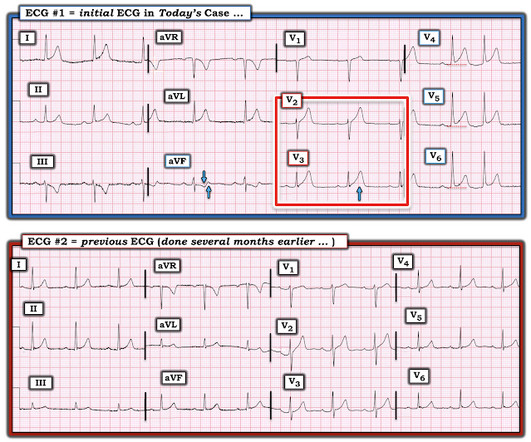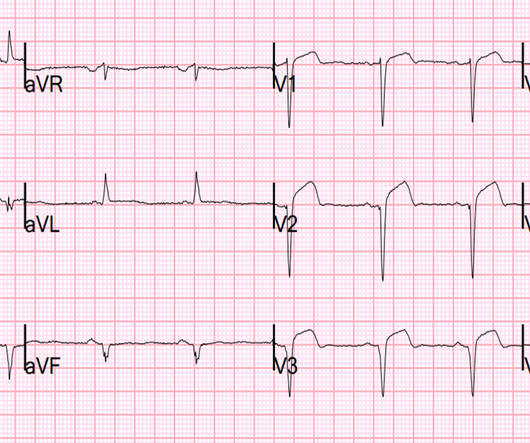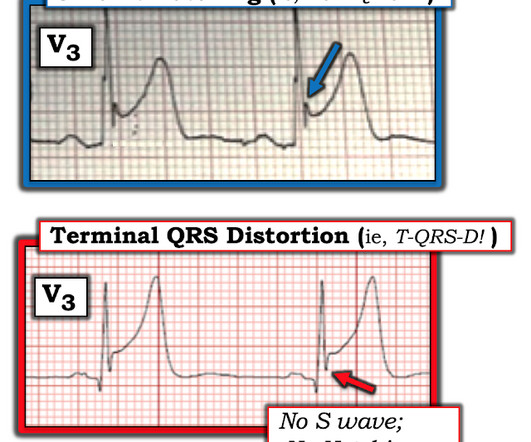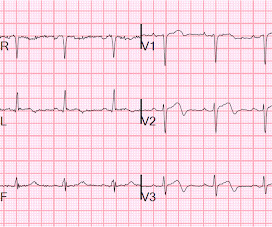An elderly male with shortness of breath
Dr. Smith's ECG Blog
SEPTEMBER 7, 2024
Smith : there is some minimal ST elevation in V2-V6, but does not meet STEMI criteria. Transient STEMI has been studied and many of these patients will re-occlude in the middle of the night. Is it normal STE? The computer thinks so, and the physician thinks that is quite possible. However , there is terminal QRS distortion in lead V3.












Let's personalize your content